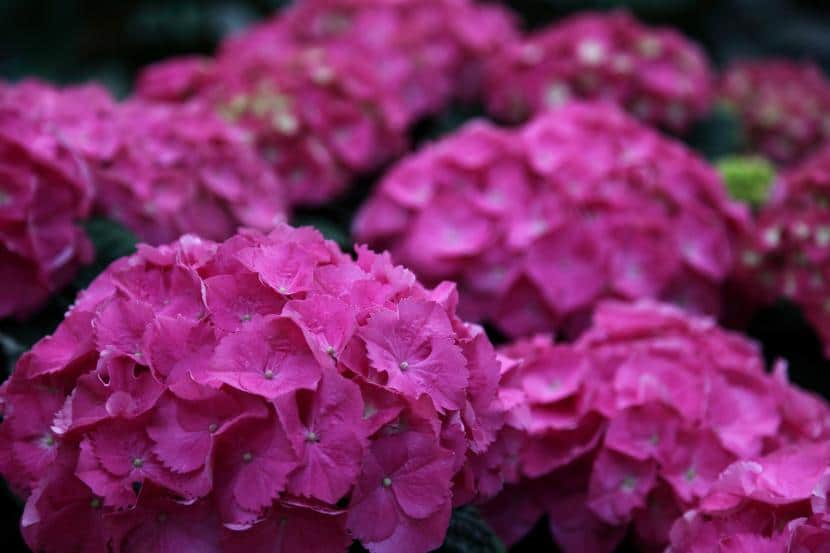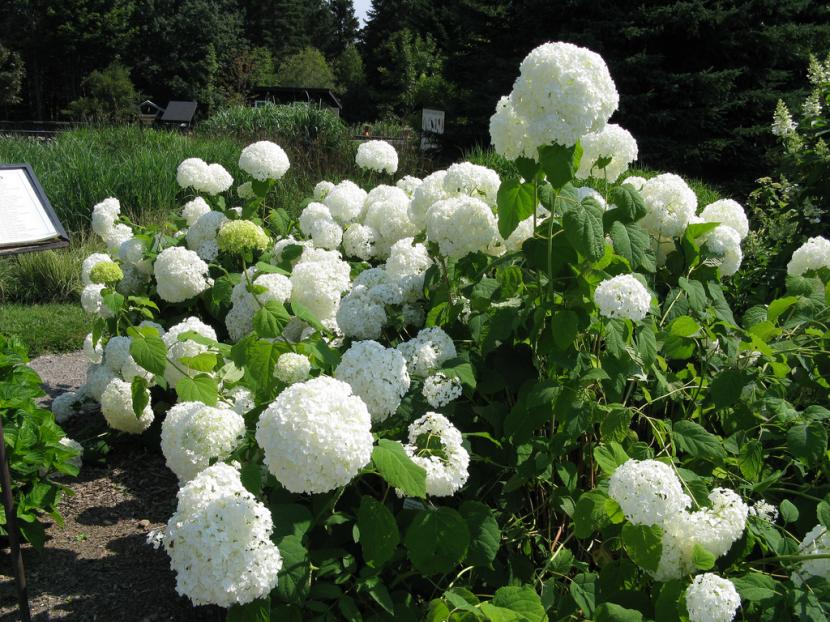
These deciduous shrubs and really beautiful flowers have proven that they deserve to have a reserved space both in gardens and in pots, because with a few minimal care they will look like they only know how to do.
One of the tasks that we have to carry out in the fall is trimming, so today I am going to explain to you how to prune hydrangeas.

Hydrangeas, which belong to the botanical genus called Hydrangea, are deciduous shrubs native to the Asian continent. It is very common in China and Japan, but due to its rusticity and resistance, today you can find it almost anywhere in the world, especially in those temperate regions of the planet. They grow to a height of approximately 2-3m, although they can reach 5m if allowed to grow freely. Its lovely flowers, which bloom in late spring and they stay well into the summer, are grouped in inflorescences of white, pink, or blue color.
We are facing a plant that does not require much care, but nevertheless yes he has some preferences:
- Land: to have a good growth and development, the soil must be acidic, with a pH between 4 and 6. If it is higher, it is necessary to fertilize using a specific fertilizer for acidophilic plants.
- Irrigation: it has to be frequent, especially if they are in bloom. We will water 2-3 times a week in summer, and 1-2 the rest of the year. It is important to water with rainwater, or acidified.
Taking all this into account, let's know now how to prune them.

For our hydrangeas to have a more compact, more rounded appearance, the following must be done:
- Remove the branches that have flowered this year, and also those that look bad or no longer bloom.
- Prune those that intersect. Thus all parts of the hydrangeas will receive the same amount of light.
- Two out of five hickeys they have retired.
- And finally, we will trim the branches that they have grown too much.
Easy right? Do you have hydrangeas in your garden?
When you say remove the branches, you mean all or only part of it, for example a third part and how suckers are recognized.
Hi Remich.
Branches that are dry, weak, or intersecting must be completely cut. However, those that have to be trimmed to give shape to the plant, it will be enough to prune a third part.
Suckers are the buds that grow near the stems (not from them).
A greeting.